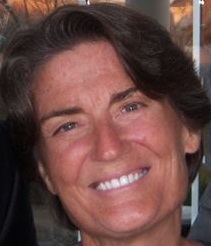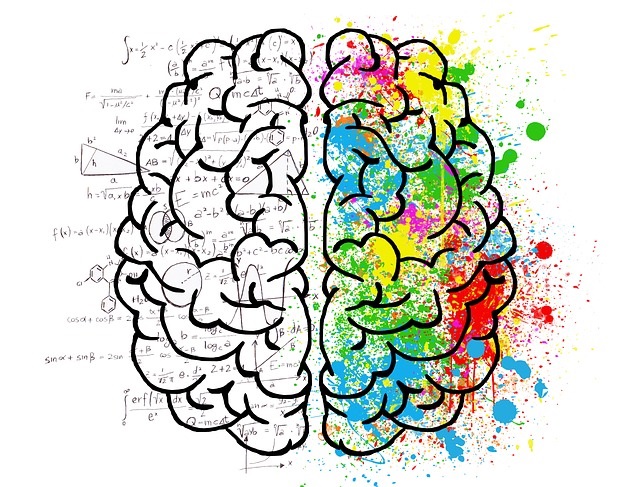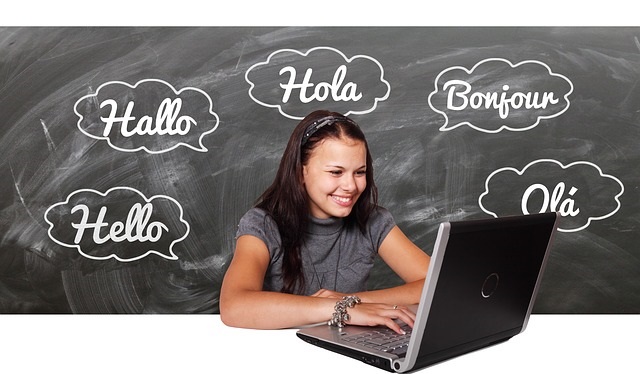About Us
Complete CALA Program Documentary (2016)
Background
Dr. Shelley Thomas is a seasoned French professor at MTSU. She became an expert in whole-brain learning and applied the concepts to learning languages. She developed a series of language workshops and presentations. These were funded by grants as well as contributions from various university departments. More funding came from the generous donations of one of her mentors, Contee Seely, who is the author and founder of the Command Performance Language Institute.
The language workshops were a big hit and highly praised by students, teachers, and researchers alike. Since the demand for more classes grew quickly, Dr. Thomas was inspired to develop the Center for Accelerated Language Acquisition (CALA) in 2003. Our goal is to continue Dr. Thomas’ legacy by creating even more programs and language classes. We also wish to share our services with larger audiences, both in the United States and abroad.
 A Note From Dr. Thomas
A Note From Dr. Thomas
"I am particularly grateful for the knowledge, wisdom, and guidance of my mentors, Dr. James J. Asher, Berty Segal Cook, Blaine Ray, and Eric Jensen. Blaine lent us his talent by teaching at our very first language institute. He and numerous other wonderful K-12 language teachers, including Donna Tatum-Johns, Sarah Moran, Linda Li, Susan Zhang, Beth Skelton, Jason Fritze, and Katya Paukova, contributed greatly to the success of our early language institutes. Their efforts and the support of many others over the years have made the organization and work of CALA possible, and I am deeply appreciative of their generosity." --Dr. Shelley Thomas, CALA Founder and Director
Methodology
Founder and director of CALA, Dr. Shelley Thomas, gained expertise in whole-brain learning through a three-year certification program with the Eric Jensen Learning Corporation. People often ask how to learn Spanish fast and easy, or even French, or any other language for that matter. Well, Dr. Thomas developed language classes based on whole-brain learning principles for that very reason. All CALA language-learning programs are structured in the same way. The teaching methods work by engaging both sides of the brain. The activities used in the class foster natural, stress-free language learning and most of all, long-term retention!

How It Works: Total Physical Response
The “right brain” or right hemisphere of the brain is the silent, creative side of the brain. We involve this side of the brain in the language process through action, role-playing, and emotion. We start the process with TPR, also known as Total Physical Response. This method was developed by Dr. James Asher. With TPR, students learn to respond to simple commands in a foreign language like, “Stand up!” and even complex narratives: “Class, John is going to stand up, walk to the board, and write his first name with the blue marker.” And that’s just on the first day!
At first, the students stay silent. They only “produce” the language through physical actions. That is a natural form of expression for the right brain. Using these activities allows students young and old to quickly learn and retain a substantial vocabulary.

The physical actions also expose students to a wide range of sounds in the language. So, they develop a natural feel for the structure and grammar of the language they are learning. What exactly does that mean? It means that students are quickly able to understand new commands and narratives they have even never heard before by piecing together elements they learned earlier. And they don’t even have to struggle to remember!
Reading and Storytelling
We use the actions in TPR to progress even deeper into TPRS, also known as Teaching Proficiency through Reading and Storytelling. What is this for? TPRS integrates what students learn through TPR and develops their fluency in the language. In other words, by using questions, answers, and stories in the language being learned, students advance in fluency very quickly.

TPRS was created by Blaine Ray. The concept is supported by the theories of linguist Dr. Stephen Krashen. In school, we are taught to learn languages by memorizing grammar and grammar rules. But TPRS works much differently. It is based on Dr. Krashen’s theory that true language learning happens unconsciously. And that it comes from natural, interesting, and repetitive input. >> Read More
- Read Dr. Thomas' summary of Eric Jensen's Brain-Compatible Learning Workshop
- Read a Brief Overview of TPR/TPRS and Their Origins
- For a detailed look at CALA's use of TPR/TPRS, please see "Lesson Planning Process and Activities" under "Teacher Certification & Resources" on the left-hand menu)
- Read "CALA Test Scores: Another Look at the Value of Implicit Language Instruction through Comprehensible Input"
- See Videos of Our Methods
- See Videos of Our Classes




